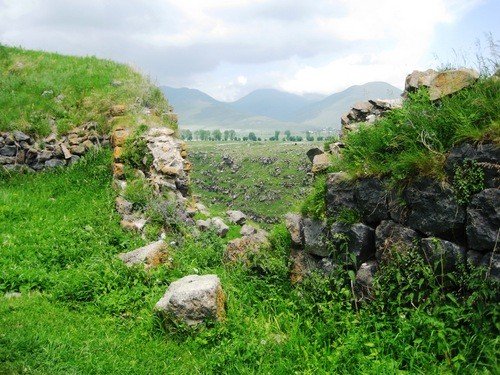Lori Berd (Armenian: Լոռի Բերդ)
Lori Berd is a medieval fortress in the Lori Marz of Armenia, on the left bank of the Dzoraget River, 4 km east of the town of Stepanavan. In the period from the 10th to the 12th century, Lori Berd was the center of the Lori kingdom. Currently, only ruins of some of the fortress’s structures have survived.
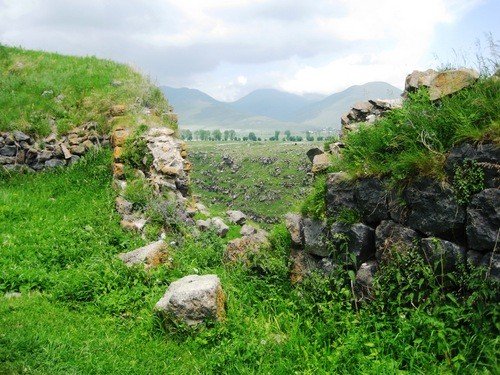
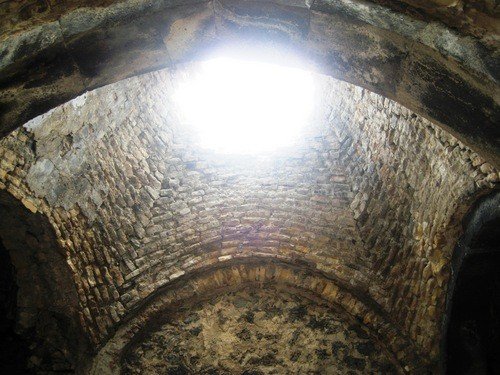
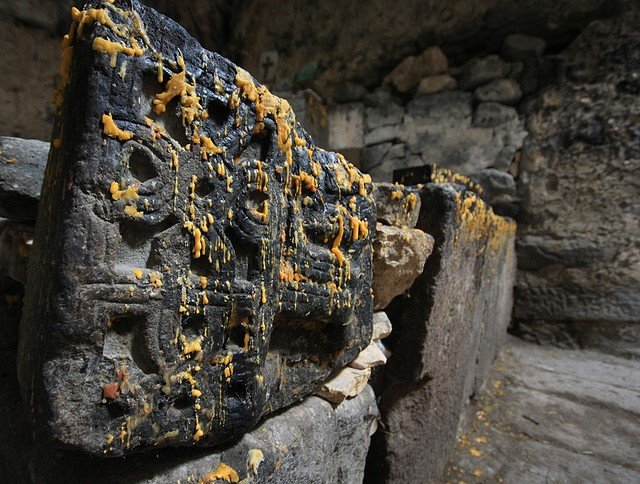
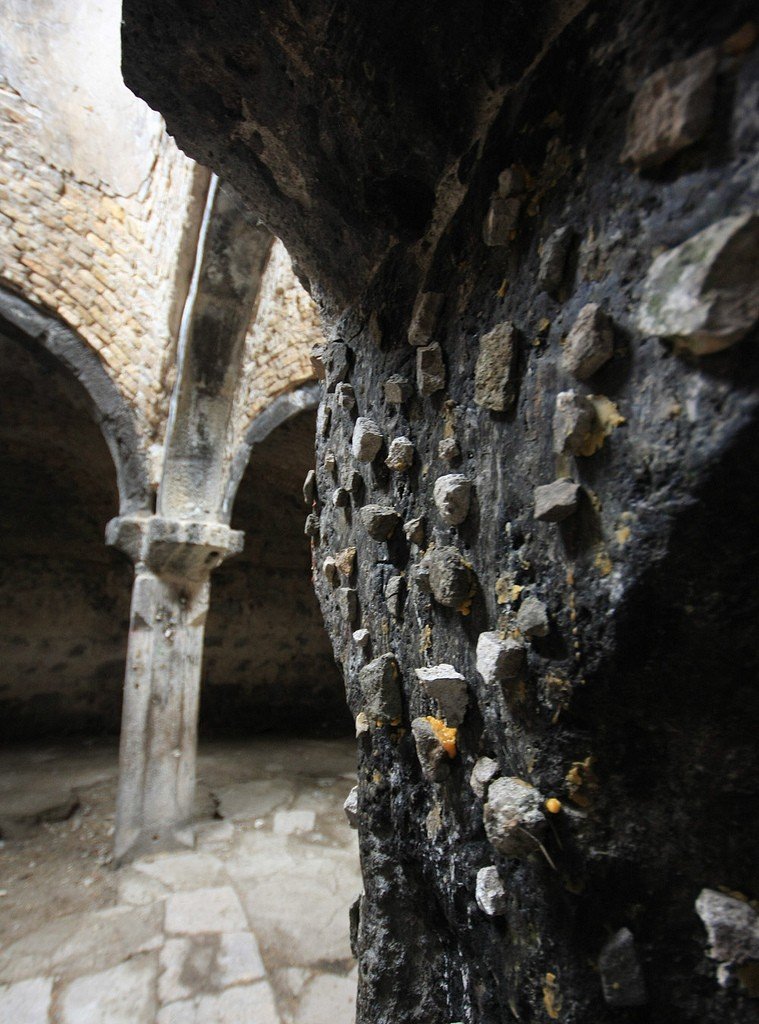
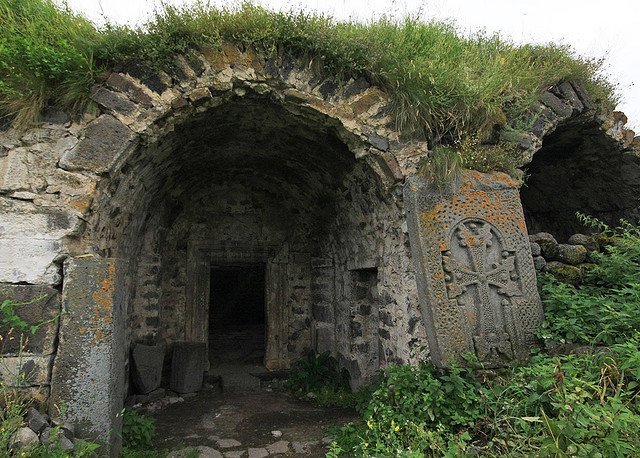
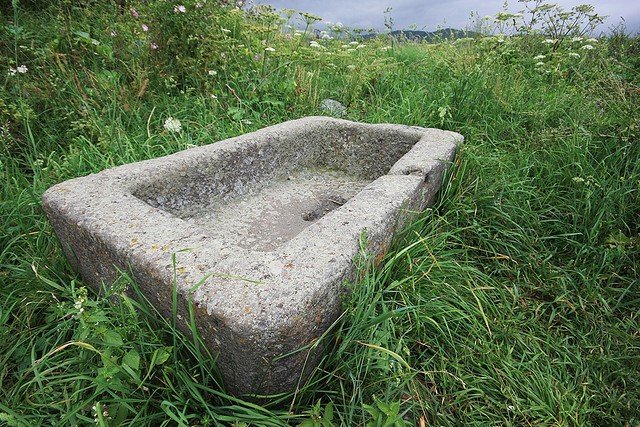
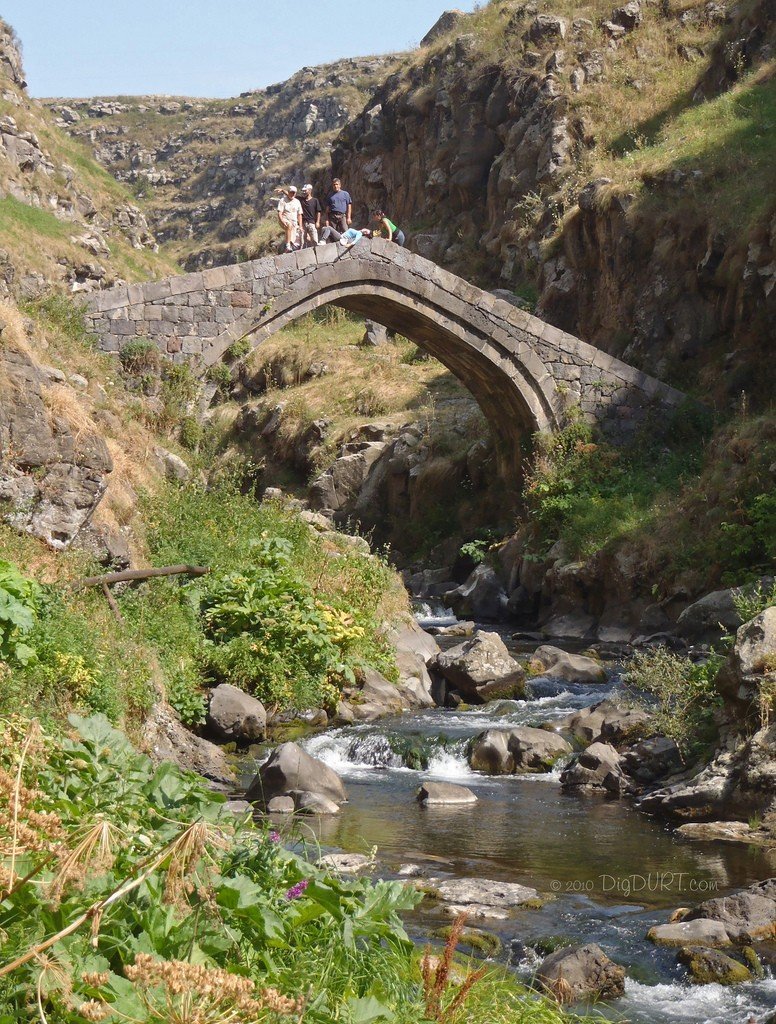
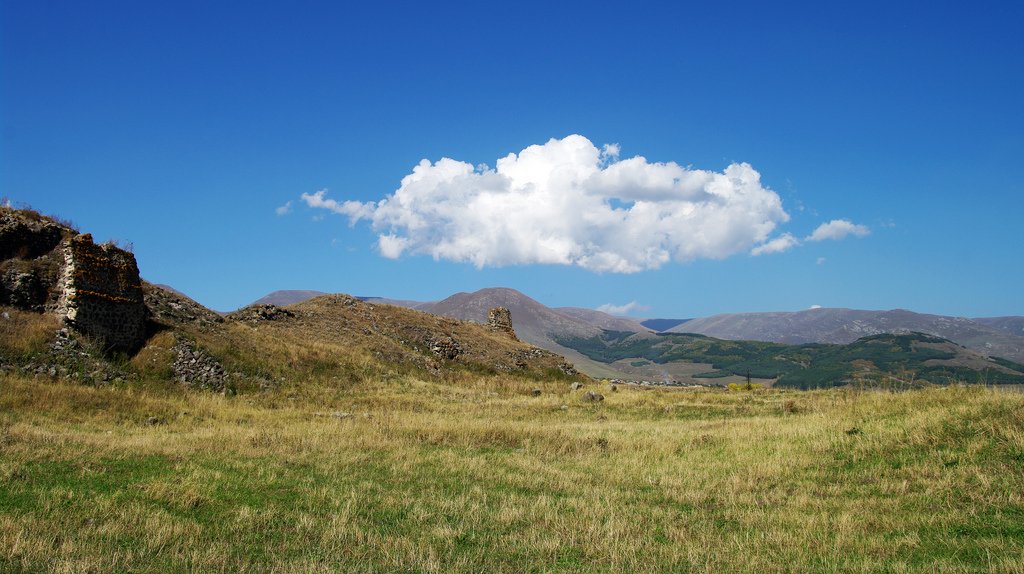
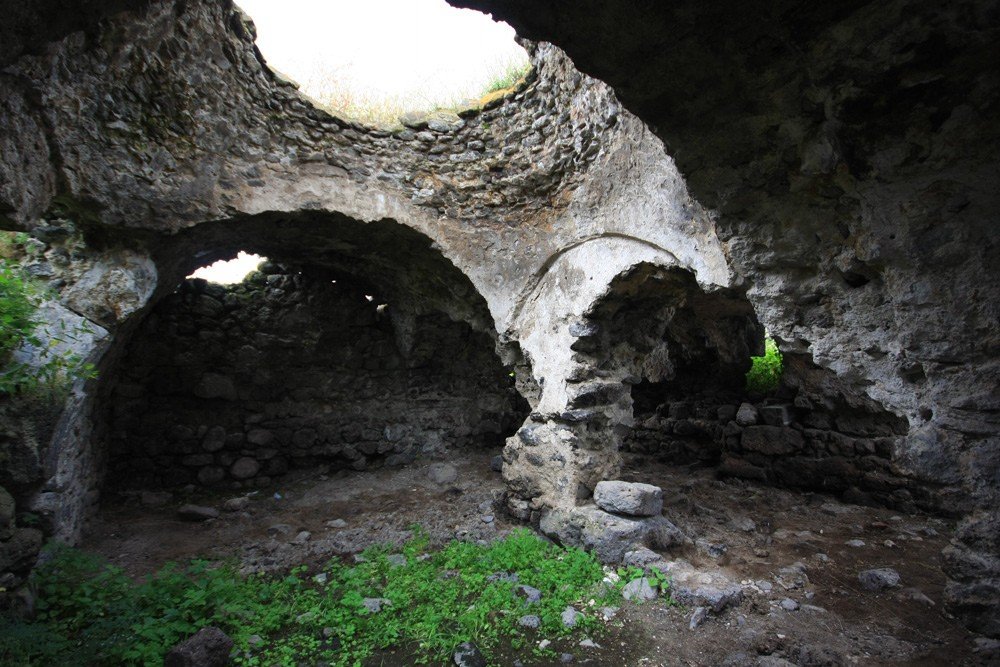
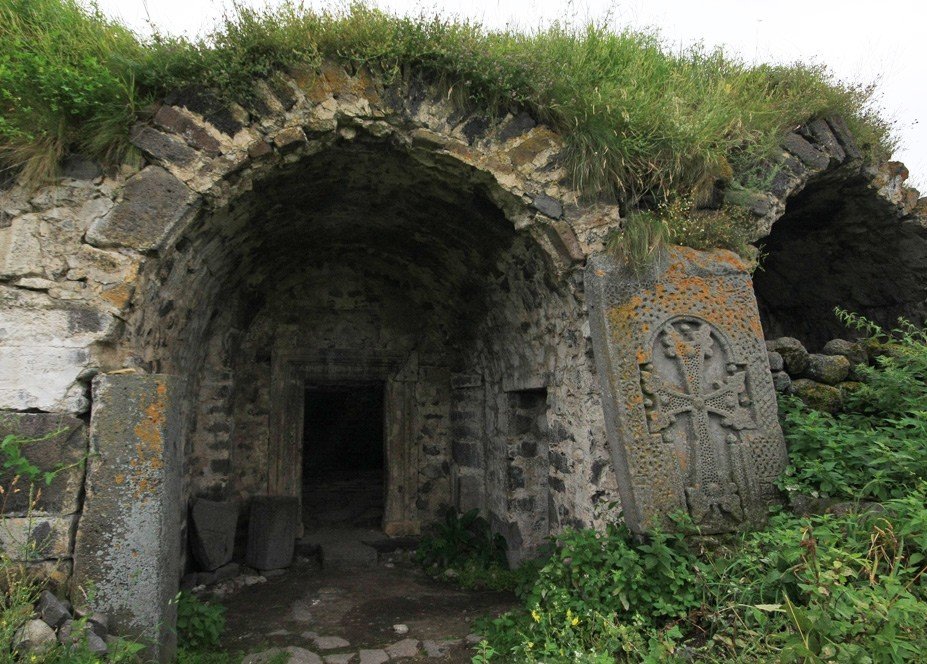
History
The fortress was founded by David Ankhogin, around 1005-1020
.Located on the northern trade route, Lori Berd was a major trade and cultural center in medieval Armenia. In the 11th-13th centuries, about 10,000 people lived in Lori Berd. The territory covered by the outer wall occupied 9 hectares.
.In 1105, Lori Berd was briefly captured by the Seljuks, and in 1118, by the Georgian wars. The city and its surrounding lands passed into the possession of the Orbeli Georgians. In 1185 Sarkis Zakaryan became the ruler of these lands, and after his death his sons Ivane and Zakare Zakaryan. In 1236 the Mongol army defeated the town, robbed the treasury of Shahnshah Zakaryan and leveled the tomb-molestation of David Anhogin’s wife. In 1430 Lori Berd was owned by Orbeli Armenians. In 1562-1734th Lori, as an important military fortress then passed to the Turks, then to the Persians, sometimes to the Georgians.
.
At the end of the 18th century, Lori Baird lost its military-strategic importance and became an ordinary fortress where evicted emigrants from different places settled. A village of the same name was founded there, which was abandoned in 1926-30s.
.Ruins of the fortress
The ruins of the fortress Lori Berd occupy an area of 35 hectares, they are located on a plateau 1490 meters above sea level, between the river Dzoraget and its tributary Miskhan.
.
The deep canyons that surround the area make the fortress difficult to access. Comparatively on the accessible side, there is a 214-meter-long wall with alternating square and round towers on the northwest. At the northwest corner of the wall is the only entrance to the fortress. In some places, the wall was 20 meters wide and 25 meters high. The city wall stretched 500 meters to the northwest of the fortress wall. First the Kyurikyans, later the Zakaryans and their descendants built chambers, churches, baths, bridges and cross-stones in Lori Berd.
.In Lori Berd were found tools, weapons, jewelry, various clay products, glass jars, objects made of bones, stone – all this gives reason to believe that in this place was developed many directions of crafts. There are also items imported from other countries, in particular from Georgia, Persia, Central Asia, and the Middle East.
.